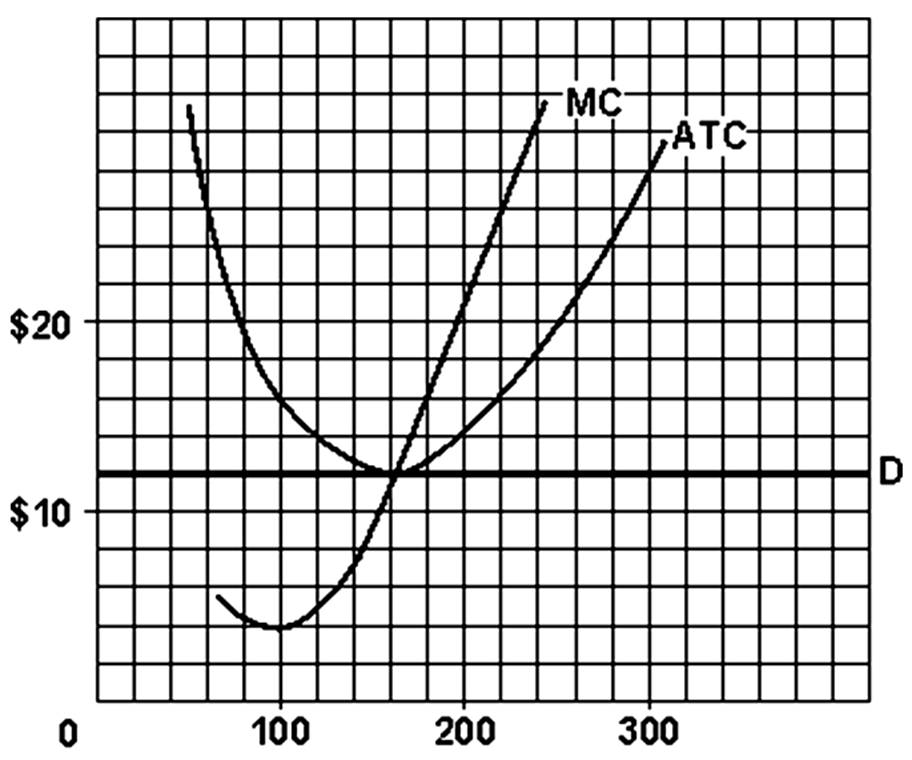If society were to maximize the utility of its best-off member, the final allocation would be
A) perfect equity.
B) on the contract curve.
C) Pareto-efficient.
D) one in which one person gets everything.
D
You might also like to view...
Moral hazard is associated with
A) imperfect information. B) perfect information. C) the low costs of monitoring behavior. D) all of these choices.
Marginal revenue at the profit-maximizing/loss-minimizing amount is

A. $4.
B. $12.
C. $14.
D. $20.
In the short run, a profit-maximizing monopolistically competitive firm sets it price:
A. equal to marginal revenue. B. equal to marginal cost. C. above marginal cost. D. below marginal cost.
If a unit excise tax is placed on a good for which the demand is very unresponsive to a price change, then
A) the government generally pays the majority of the tax. B) the consumers generally pay the majority of the tax. C) the producers generally pay the majority of the tax. D) producers and consumers pay equal portions of the tax.